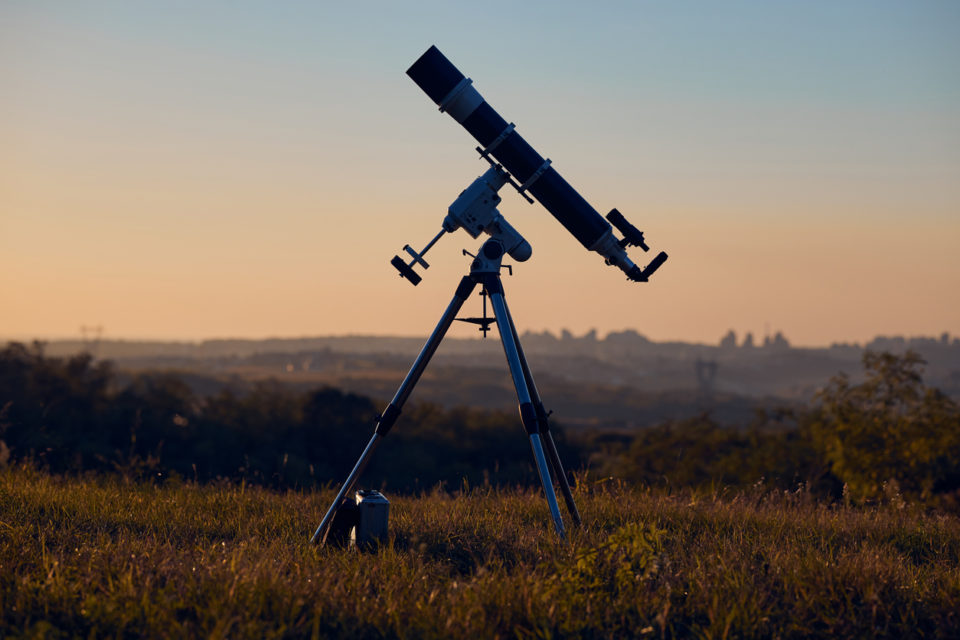
Don’t miss the Quadrantid Meteor Shower of 2022! All you have to do is look up to the sky! The shower will last from December 12 to January 12, with the peak rate of meteors producing on January 3. The showers are active every evening from dusk until the radiant point sets below your western horizon. The radiant point is the highest point in the sky after dawn. The showers have the best display right before dawn.
Observing Prospects
At the Quadrantid’s peak on January 3, the shower is expected to produce about 120 meteors an hour. The meteor’s per hour rate is called the zenithal hourly rate, which is calculated assuming the sky overhead is perfectly dark and clear. If the conditions are any less than perfect, your chances of seeing that number of meteors are lower.
In Ashland, the radiant will appear at a peak altitude of 71 degrees above the horizon. The estimate is 113 meteors per hour at the shower’s peak. Moonlight will have little interference because the shower will peak at the new moon.
The Origin of the Shower
For those who don’t know, meteor showers happen when the earth passes through areas of debris. The debris is left behind by comets and asteroids. Over time, these pieces of debris fall back into streams behind the parent object’s orbit. Shooting stars are whenever the pieces of debris run into Earth’s atmosphere.
On particular days of the year, Earth’s orbit passes through streams of dense matter that come from comets or asteroids that shed large amounts of matter into space. This is what creates annual meteor showers. These showers reoccur when Earth passes a certain point in its orbit through a stream of space matter.
You might also like: Sports Stars From Columbus, TX
Meteor Direction
Meteor showers are easily distinguishable from the parent meteor because the path of the meteor travels outwards from a common point in the sky. The showers directly follow the path of the parent meteor. For this Quadrantid shower, the parent body is responsible as asteroid 2003 EH1.
Disclaimer: The stock image is being used for illustrative purposes only, and it is not a direct representation of the business, recipe, or activity listed. Any person depicted in the stock image is a model.
